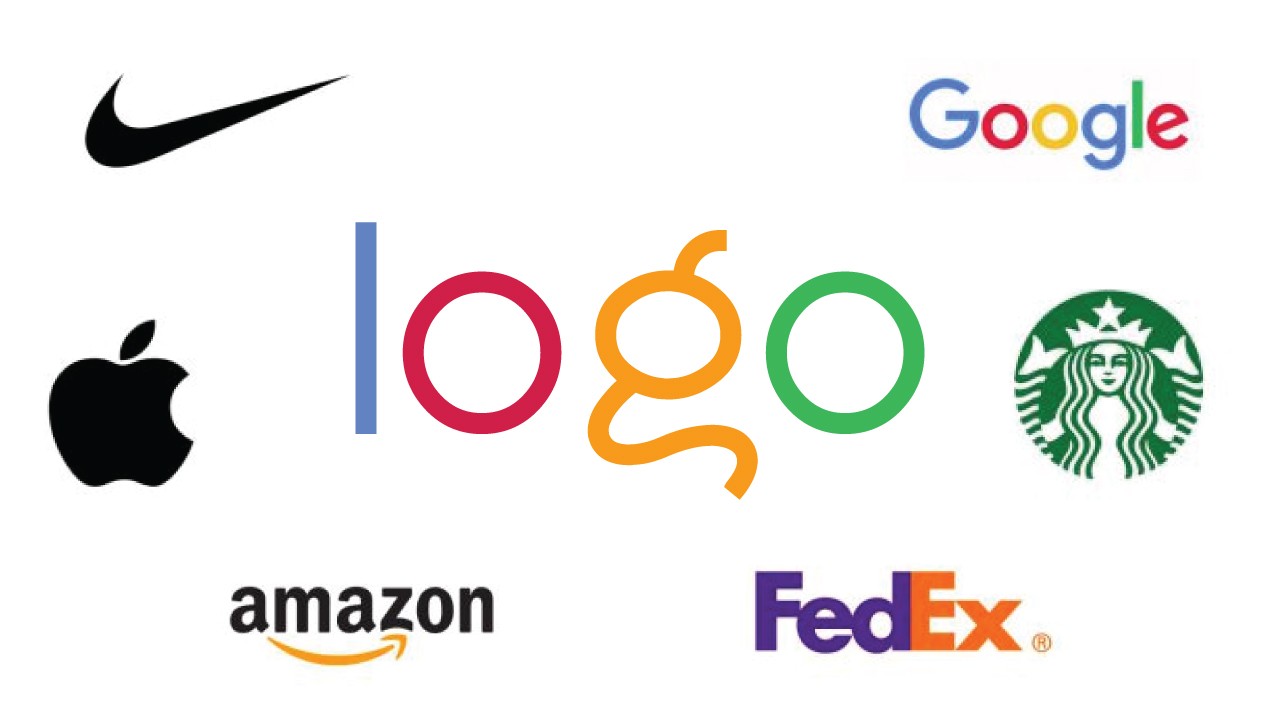Step-by-Step Guide to Designing a Memorable Brand Logo
A brand logo is more than just a visual symbol; it is a cornerstone of your brand identity, conveying the essence of your business and leaving a lasting impression on consumers. Designing a memorable logo requires careful consideration of your brand's values, target audience, industry trends, and aesthetic preferences. This comprehensive guide provides a step-by-step approach to creating a compelling and distinctive brand logo that resonates with your audience and embodies your brand's identity.
1. Understand Your Brand Identity
Before diving into logo design, it's essential to have a clear understanding of your brand identity. Define your brand's mission, values, personality traits, and unique selling propositions (USPs). Consider what sets your brand apart from competitors and how you want to be perceived by your target audience. This foundational understanding will guide the design process and ensure that your logo accurately reflects your brand's essence.
2. Research Your Target Audience and Competitors
Gain insights into your target audience's preferences, demographics, and psychographics through market research. Understand their aesthetic preferences, cultural influences, and the symbols that resonate with them. Analyze competitors' logos to identify industry norms, visual trends, and opportunities for differentiation. A thorough understanding of your audience and competitive landscape will inform strategic decisions in logo design.
3. Define Design Elements: Colors, Typography, and Symbols
Choose colors, typography, and symbols that align with your brand identity and appeal to your target audience. Consider the psychological impact of colors (e.g., blue for trustworthiness, red for energy), select fonts that reflect your brand's personality (e.g., modern, elegant, playful), and incorporate symbols or icons that convey your brand's values or represent its core offerings. Strive for simplicity and versatility to ensure that your logo is recognizable and effective across various applications and sizes.
4. Sketch and Conceptualize Ideas
Begin the design process by sketching rough concepts and exploring different visual directions. Experiment with variations of typography, symbols, and layouts to find a design that resonates with your brand identity. Focus on capturing the essence of your brand in a visually appealing and memorable way. Consider the scalability and adaptability of each concept to ensure that it translates effectively across digital and print platforms.
5. Refine and Iterate Designs
Refine your initial sketches into digital drafts using graphic design software. Pay attention to details such as proportions, spacing, and alignment to achieve a balanced and harmonious composition. Seek feedback from stakeholders, colleagues, or design experts to gain different perspectives and refine your designs further. Iterate based on feedback, making adjustments to improve clarity, readability, and visual impact.
6. Test for Versatility and Effectiveness
Evaluate your logo designs for versatility and effectiveness across various contexts and applications. Test how the logo appears in different sizes, backgrounds, and color formats (e.g., grayscale, monochrome). Ensure that it remains recognizable and legible whether displayed on a website, social media profile, business card, or merchandise. Aim for a design that maintains its integrity and communicates your brand message clearly in diverse settings.
7. Obtain Legal Protection (Optional)
Consider trademarking your finalized logo design to protect it from unauthorized use and infringement. Consult with legal professionals or trademark authorities to understand the process and requirements for trademark registration in your jurisdiction. Securing legal protection can safeguard your brand identity and prevent potential conflicts in the future.
8. Launch and Monitor Reception
Once you have finalized your logo design, launch it across your brand's touchpoints—website, social media profiles, marketing materials, and physical locations. Monitor audience feedback, engagement metrics, and brand perception to gauge the logo's effectiveness in resonating with your target audience. Be prepared to make adjustments or refinements based on real-world feedback and evolving brand objectives.
9. Evolve and Adapt Over Time
A brand logo is a dynamic asset that may evolve alongside your brand's growth, changing market trends, and consumer preferences. Stay attuned to industry developments, customer feedback, and brand positioning to assess whether your logo continues to align with your brand identity and strategic goals. Periodically review and, if necessary, refresh your logo to ensure it remains relevant and impactful in the ever-evolving marketplace.
Designing a memorable brand logo involves a thoughtful and strategic approach that aligns with your brand's identity, resonates with your target audience, and stands the test of time. By understanding your brand's essence, researching audience preferences, defining design elements, sketching and refining concepts, testing for versatility, and launching effectively, you can create a logo that becomes a powerful symbol of your brand's identity and values. Embrace creativity, flexibility, and a commitment to excellence in logo design to establish a distinctive visual identity that fosters brand recognition, trust, and loyalty among consumers.









































